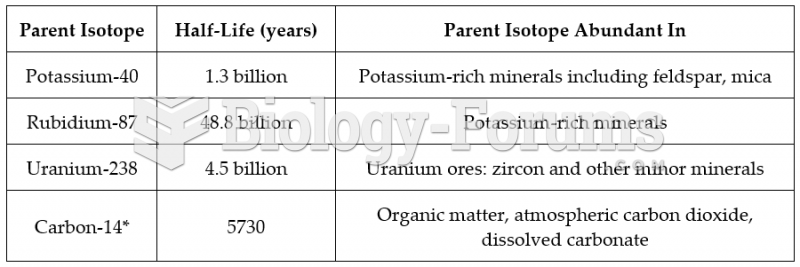Answer to Question 1
Anaerobic digestion is the process of allowing bacteria to feed on the detritus in the absence of oxygen. The raw sludge is put into large airtight tanks called sludge digesters. The end products of this decomposition are carbon dioxide, methane, and water. Thus, a major by-product . . . is biogas, a gaseous mixture that is about two-thirds methane. After four to six weeks, anaerobic digestion is more or less complete, and what remains is called treated sludge or biosolids, consisting of the remaining organic matter, which is now relatively stable, nutrient-rich, humus-like material suspended in water. Pathogens have been largely, if not entirely, eliminated, so they no longer present any significant health hazard.
Composting is another process used to treat sewage sludge. Raw sludge is mixed with wood chips or some other water-absorbing material to reduce the water content. It is then placed in windrows: long, narrow piles that allow air to circulate conveniently through the material and that can be turned with machinery. Bacteria and other decomposers break down the organic material to rich humus-like material that makes an excellent treatment for soil.
Pasteurization is a process through which raw sludge, once dewatered, is put through ovens that operate like oversized laundry dryers. In the dryers, the sludge is pasteurized; that is, heated sufficiently to kill any pathogens (exactly the same process that makes milk safe to drink). The product is dry, odorless organic pellets.
Answer to Question 2
Benefits of writing off debts: Money would not be transferred from the developing countries to the developed countries. There will be less of a focus on growing cash crops for export, the pressure to exploit natural resources will be reduced, and funds for schools, health care, police protection, and so on will no longer need to be eliminated to pay off the debts.
Harms of writing off debts: Those that diverted money from the original loans will have succeeded in keeping the money. (This money was stolen from the public coffers.)







